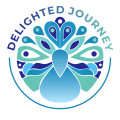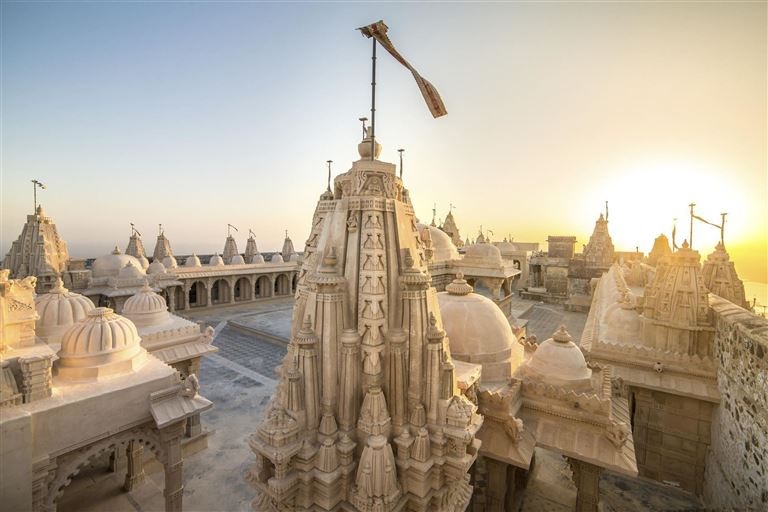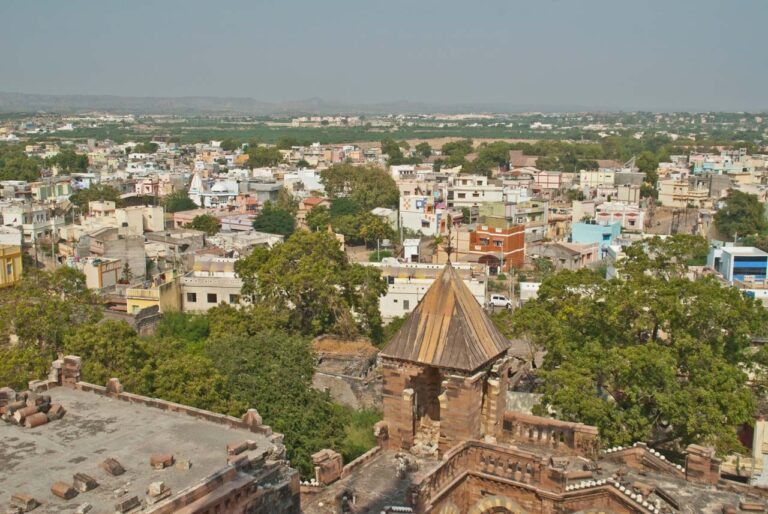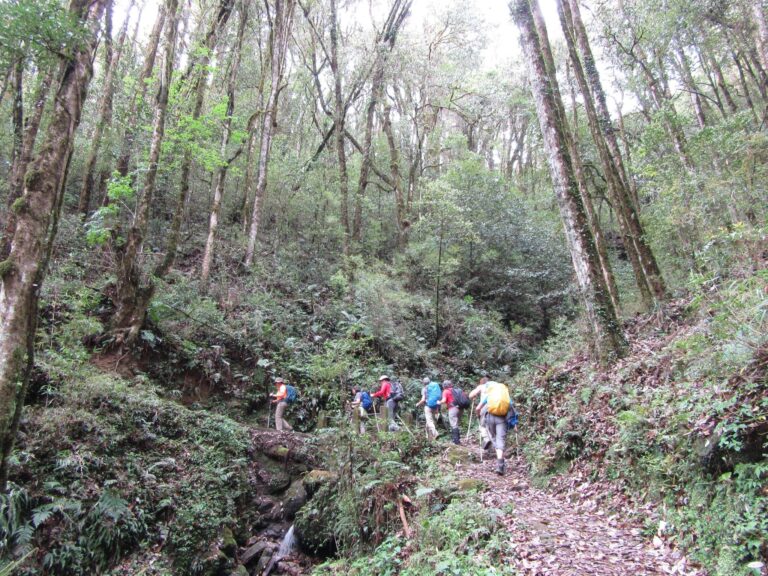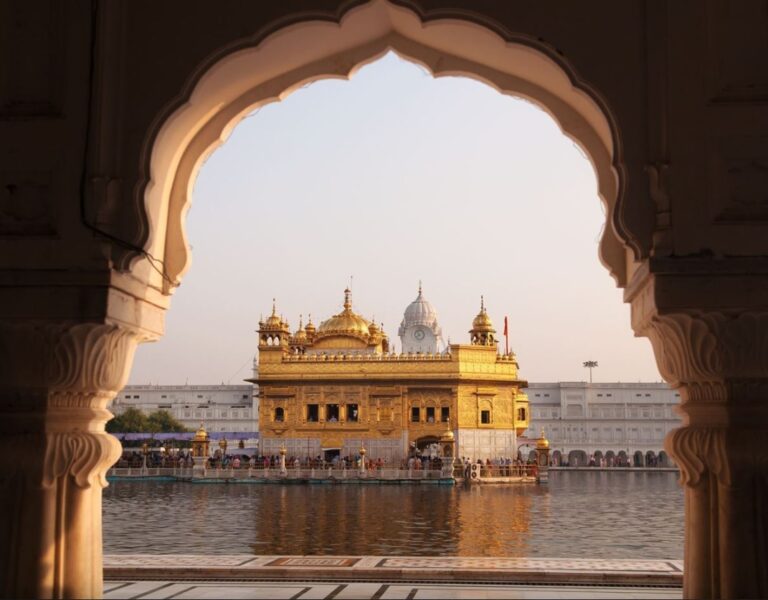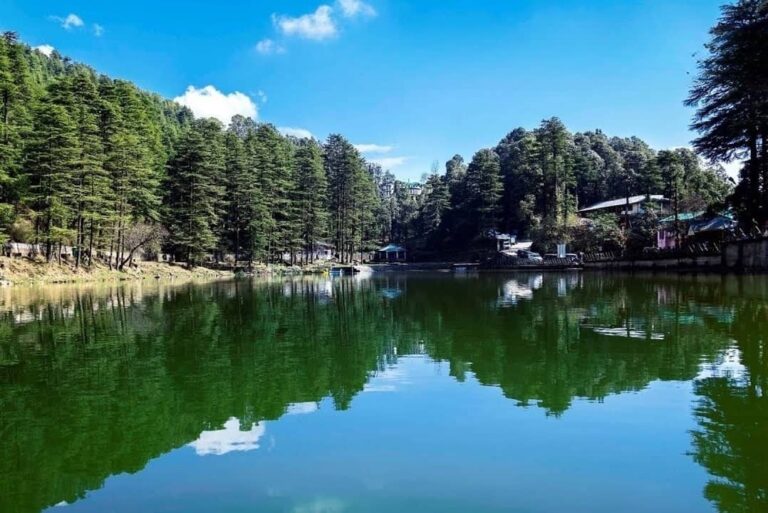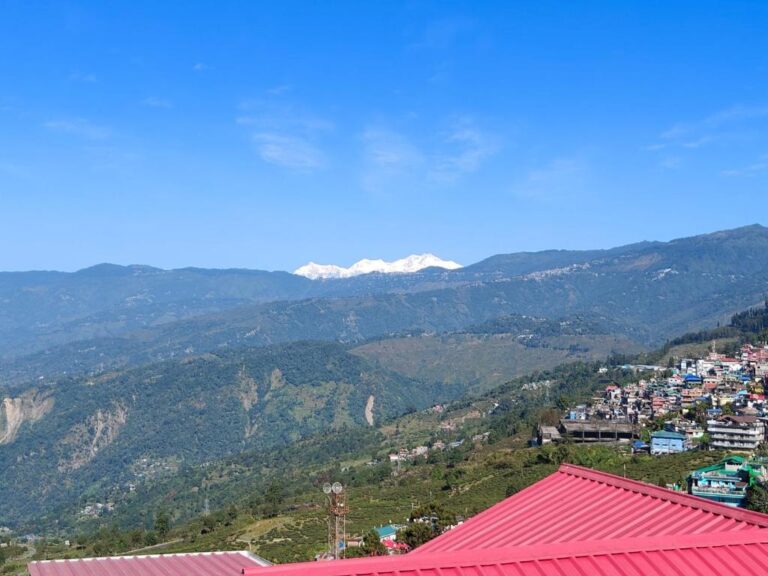
Bagdogra – The Gateway of Sikkim-Darjeeling
The place is famous for its rich cultural heritage, with a blend of Nepali, Bengali and Tibetan influences clearly visible in its food, festivals and architecture. Adventure lovers can enjoy trekking and paragliding, making Bagdogra tourism a must-visit destination for nature lovers and adventure seekers. One of the most popular
